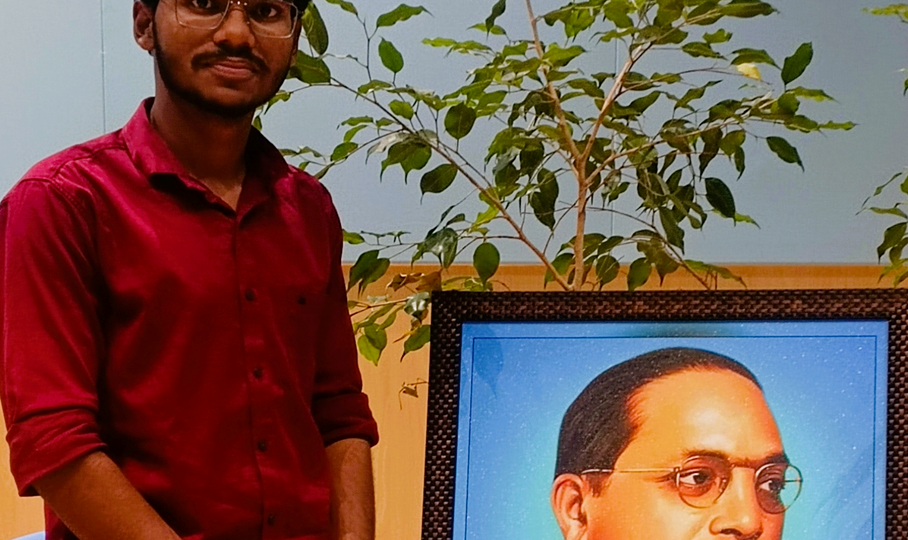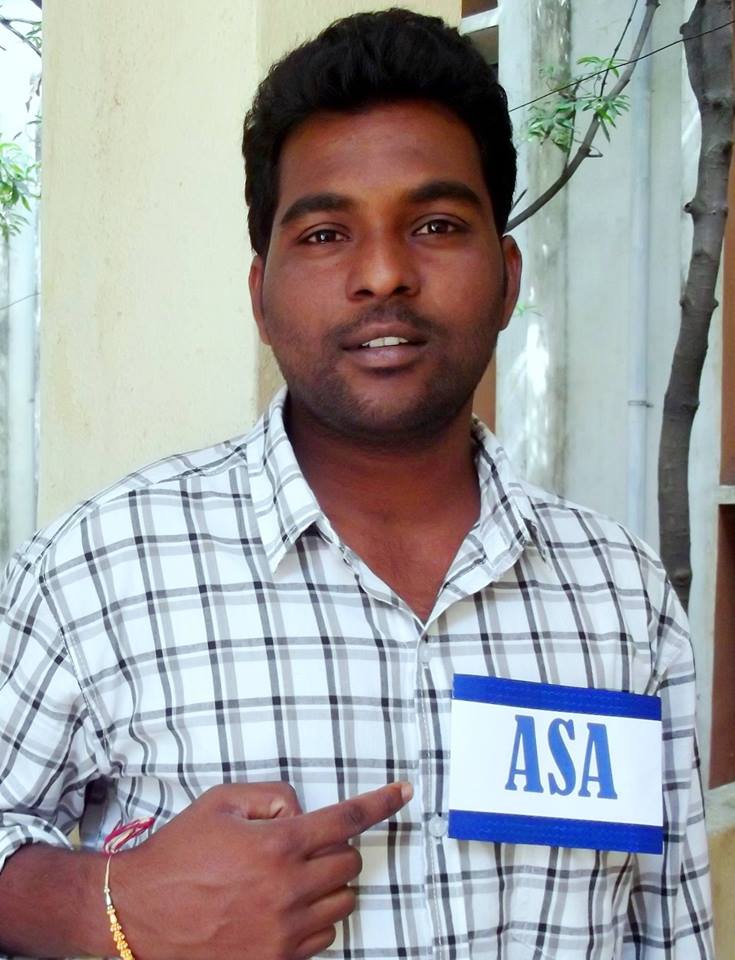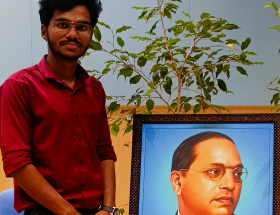Ankush Uttam Helode
“Which donkey’s name is Independence?”
“15 August ek sanshayaspad bhagosht ahe!” (Marathi)
– Namdeo Dhasal
When India was celebrating World Indigenous People’s Day on the 9th of August, a week before its 75th anniversary of independence, tribals in Vidisha (M.P.) were fired upon by the forest police department, resulting in the death of an innocent person. The lives of indigenous people were celebrated by taking them shamelessly.
Indian society has a long history of oppression stemming from its caste system. The British came and identified this nexus of oppression, and collaborated with the upper castes to dominate and rule over the Bahujan, Dalits, and Adivasis. After a long struggle for independence, when the British were forced to leave and independent India came into fruition, the discriminatory strongholds of the brutal caste system resurfaced in their original form. People believe India gained independence from the British, but the truth is that there was no such thing as India or a unified single nation; instead, various nations existed. Several nations of upper castes, led by Brahmins, dominated and suppressed nations of lower castes.
India is a third world country that gained independence from a first world country, Britain, in 1947. In his book ‘The Fourth World: An Indian Reality’, George Manuel discusses the struggles of the indigenous people: the existence of the fourth world is not limited to indigenous people but also includes Dalits from all religions. After 75 years, this fourth world is still very much present in India.
It is pertinent to note that the concepts of independence and freedom have different meanings for different groups of people. Yes! Everyone gained independence from British rule, but what about the dominance of the upper castes over Dalits and Adivasis? The paradox is that these oppressor upper castes decide the terms of independence for the oppressed lower castes and then participate in the Azaadi Ka Amrit Mahotsav campaign, proudly distributing Tiranga to everyone and even coercing some people to unfurl it in their homes. This, in my opinion, cannot be called independence for people in the fourth world. They will not be considered free until they are freed from the oppressive manual scavenging system imposed by caste hierarchy. For true independence, this slavery must be abolished. With independence comes dignity, but the lives of Dalits and Adivasis are largely devoid of it, prompting the question, “What does the 75th Independence Day mean to the constitutionally former untouchables, and does this really mean anything?”
Data showing violence against Dalits
This article may provoke some people to question the credibility of the above mentioned points, so to corroborate my observations with data, here are the following statistics from the National Crime Records Bureau (NCRB):
- 16 lakh cases of violence against Dalits between 2011-20.
- 33,719 cases (2011) and 50,291 cases (2020) – this points to the increasing rate of violence against Dalits.
- 6 Dalit women are raped everyday and a crime is committed against a Dalit every 15 minutes.
- A Dalit person dies every 5 days on average while cleaning sewers and septic tanks. (Source: National Commission for Safai Karamcharis)
After I try to present these hard facts to you, let me share another incident that highlights atrocities against Dalits–
When a three-year-old boy entered a temple in Koppal, his family was fined Rs.25,000. The child’s only fault was that he belonged to a Dalit family. Similar instances of fine imposition occurred with some Dalit young men on the same charge of entering a temple. The temple administration imposed this, claiming that the money would be used to purify the temple.
This is the reality of India after 75 years of so-called independence.
Black Independence day: Panther Raja Dhale
“A Brahmin woman is not disrobed in Brahman gaon, but a Buddhist woman is. And what is the punishment for it? Imprisonment for one month or a fine of Rs 50! If a person does not stand up to show respect towards the national flag, the fine is Rs 300. The national flag is just a piece of cloth, a symbol in specific colors, yet disrespect towards it invites a heavy fine. But if a woman in flesh and blood worth her value in gold is disrobed, the fine is just Rs 50. What is the use of such a national flag? Is it to be shoved in the arse? A nation comes into being due to its people. Is the grief of showing disrespect to a symbol more than that of showing disrespect to people? What is more? The value of our dignity is not more than the price of a saree. Hence, such an offence should invite severe punishment. Or else, how will patriotism thrive?” (excerpt from the book by Pawar, J.V., Dalit Panthers: An Authoritative History).
In 1972, on the 25th anniversary of independence, a report by the Elayaperumal Committee highlighted 11,000 cases of violence, including 1177 murders against Dalits. Owing to this fact, Panther Raja Dhale wrote the abovementioned revolutionary lines. He was a founding member of Dalit Panthers.
Conclusion
India has certainly accomplished much in various fields over the last 75 years, but the findings of the Elayaperumal Committee in 1972 and the NCRB reports on caste atrocities against Dalits have remained largely unchanged or have even increased. Panther Dhale declared 25th Independence day as ‘Black Independence Day’.
If six of my Dalit sisters, mothers are raped every day and a crime against a Dalit is committed every 15 minutes, it appears that the Indian state has failed miserably in providing security to millions of Dalit citizens who have been left to feel the vulnerabilities of a fourth world country.
As a Panther, I reiterate today, with great pain and suffering, the same phrase used by Panther Raja: YES!! ‘We are about to celebrate 75th Black Independence Day’.
~~~
Ankush Uttam Helode did his B.A Political Science from Garware College, Pune. Now he is pursuing Master of Arts in Public Policy and Governance from Azim Premji University, Bangalore.
The article was edited by Abhishek Shrivastava, Masters in Public Policy & Governance Azim Premji University, Bengaluru.










